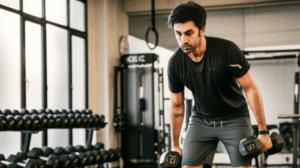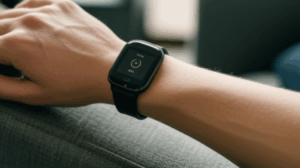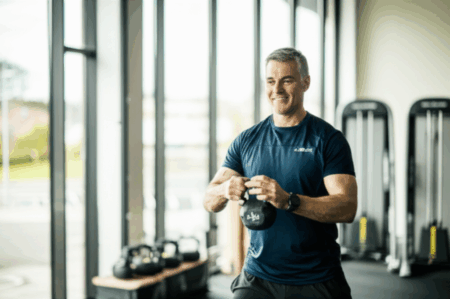As the milestone age of 50 approaches, many women aspire to maintain their vitality, strength, and the ability to move through life with ease. This sentiment is deeply understood by Pilates instructor Tara Riley, who, as she anticipates her 50th birthday in April, is keenly focused on a comprehensive workout routine designed to support her body without pain and keep her feeling good. Her approach, deeply rooted in Pilates principles and complemented by other modalities, offers a powerful blueprint for graceful aging and sustained mobility.
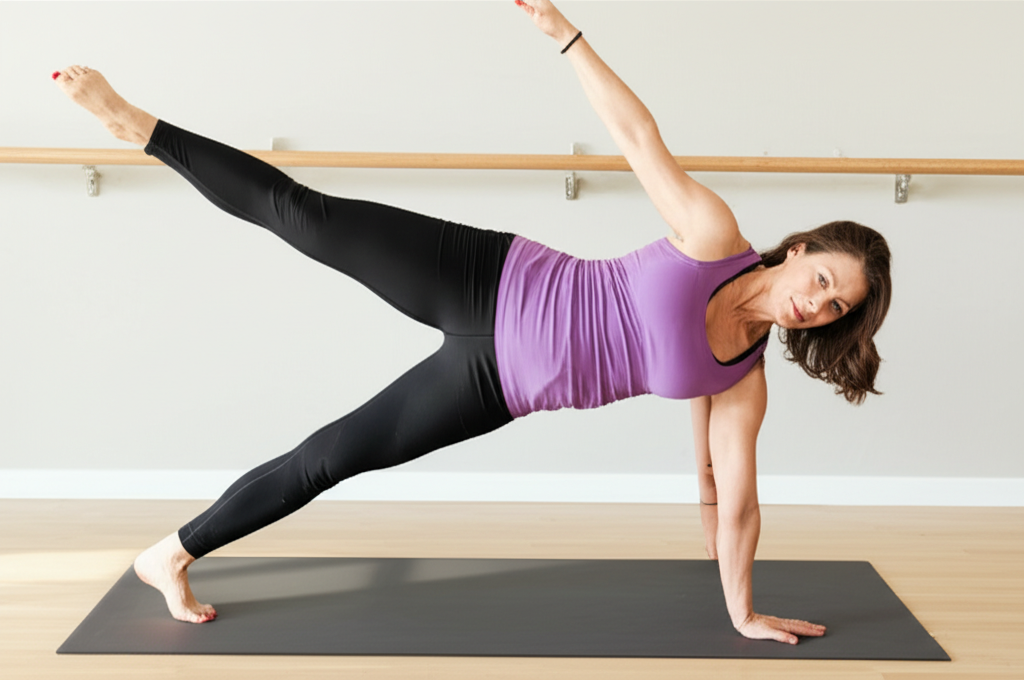
Why Pilates is Paramount for Midlife Mobility and Strength
Pilates, a low-impact exercise method developed by Joseph Pilates, offers a comprehensive solution for enhancing musculoskeletal health as we age. It focuses on controlled movements that lengthen and strengthen muscles, significantly improving joint mobility and overall flexibility. For individuals approaching or over 50, Pilates is particularly beneficial due to its emphasis on several key areas:
Core Strength and Stability
Pilates targets deep stabilizing muscles, including the core, glutes, and back muscles, which are crucial for maintaining good posture and balance. A strong core acts as the body’s powerhouse, providing stability and reducing strain on the joints during everyday activities. This internal strength improves stability, posture, and performance in all physical activities, from sports to daily movements.
Enhanced Flexibility and Joint Health
The controlled, flowing movements in Pilates gently lengthen and strengthen muscles, promoting a greater range of motion and improving the elasticity of muscles and tendons. This balanced approach helps prevent stiffness and injuries, making it ideal for those with tight hips, hamstrings, or shoulders. Pilates also increases joint flexibility, decreases stiffness, and can reduce pain associated with conditions like arthritis.
Improved Balance and Injury Prevention
By strengthening the muscles around the joints, Pilates enhances joint stability and reduces the risk of falls, a major concern as we age. Exercises encourage full-range joint motion and strengthen stabilizing muscles, leading to greater control over movement and reducing the likelihood of injury.
Mind-Body Connection
Every Pilates movement requires concentration and breath control, fostering a deep mind-body connection. This focus enhances body awareness, coordination, and precision, which can help manage pain and stress.
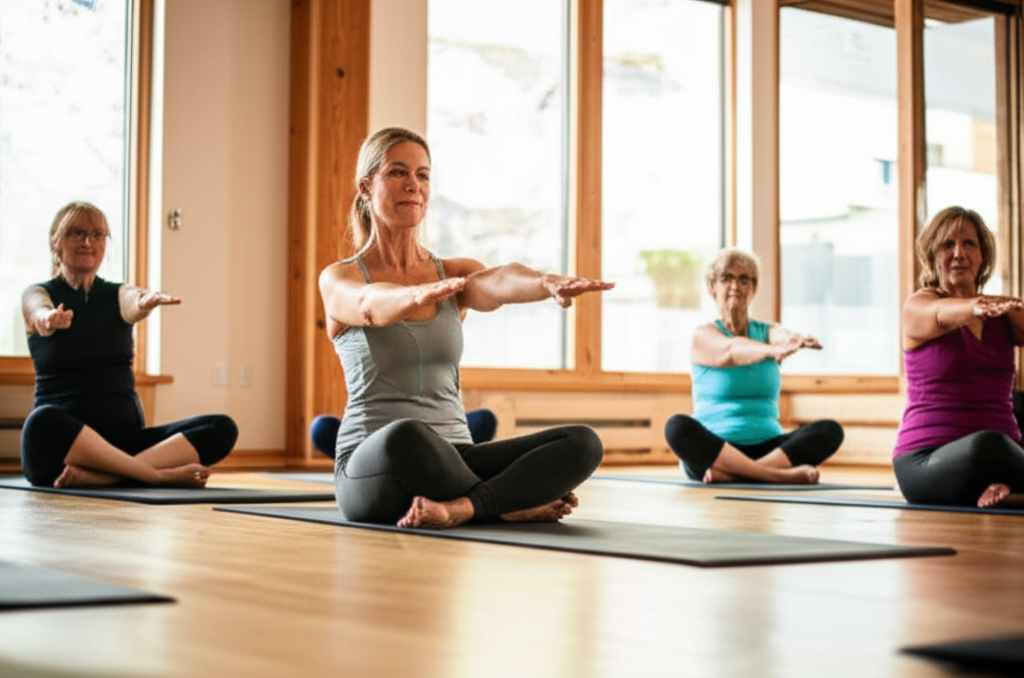
A Pilates Instructor’s Weekly Workout Routine for Active Aging
Tara Riley, whose motivation for fitness also stems from a rheumatoid arthritis diagnosis at age 28, emphasizes supporting her body to maintain strength in both muscles and bones. Her routine is a thoughtful blend of Pilates with complementary forms of exercise. Here’s a sample weekly workout routine reflecting such a holistic approach:
Monday: Mat Pilates (45-60 minutes)
Start the week with a foundational Mat Pilates session focusing on core engagement, spinal articulation, and full-body lengthening. This session emphasizes precision and control.
- Key Exercises: The Hundred, Roll-Up, Single Leg Stretch, Double Leg Stretch, Leg Circles, Spine Stretch Forward, Saw, Pelvic Tilts, Bird Dog.
- Benefits: Builds deep core strength, improves posture and spinal alignment, and enhances overall flexibility.
Tuesday: Strength Training (30-45 minutes)
Incorporate resistance training to build and maintain muscle mass and support bone density, which is crucial as estrogen levels change post-50. Focus on compound movements.
- Key Exercises: Squats (bodyweight or with light dumbbells), Lunges, Modified Push-ups (against a wall or on knees), Glute Bridges, Rows (using resistance bands or light weights), and Plank variations.
- Benefits: Increases bone density, strengthens major muscle groups, and improves functional strength for daily tasks.
Wednesday: Barre or Reformer Pilates (45-60 minutes)
A barre class or a Reformer Pilates session can introduce different forms of resistance and movement patterns, further challenging stability, balance, and muscle endurance.
- Barre: Focuses on small, isometric movements and high repetitions, often at a ballet barre, targeting glutes, thighs, and core.
- Reformer Pilates: Utilizes springs and pulleys for variable resistance, aiding in deeper stretches, strengthening, and stability challenges.
- Benefits: Enhances muscle endurance, improves balance, and promotes joint stability through controlled, resisted movements.
Thursday: Active Recovery & Gentle Mobility (30 minutes)
A day for lighter movement to aid recovery and maintain flexibility.
- Activities: Brisk walking, gentle stretching, foam rolling, or a restorative Pilates flow focusing on breath and gentle spinal mobility.
- Benefits: Improves circulation, reduces muscle soreness, and maintains range of motion without overexertion.
Friday: Fusion or Dynamic Pilates (45-60 minutes)
A more dynamic Pilates session, possibly incorporating props like resistance bands or small balls, or a Pilates fusion class that blends elements of Pilates with other movement forms (like yoga or dance).
- Focus: Continues to challenge core strength, balance, and coordination with varied exercises such as Leg Pull Front/Back, Swimming, or Side Bends.
- Benefits: Develops lean muscle, improves coordination, and keeps the routine engaging and progressive.
Saturday: Low-Impact Cardio or Dance (30-45 minutes)
Engage in an activity that elevates the heart rate without stressing the joints.
- Activities: Cycling, swimming, brisk walking, or a dance fitness class.
- Benefits: Improves cardiovascular health, stamina, and adds an element of joyful movement.
Sunday: Rest or Mindful Movement
A day for complete rest or very gentle activities like stretching, meditation, or a leisurely walk. This allows the body to recover and rebuild.
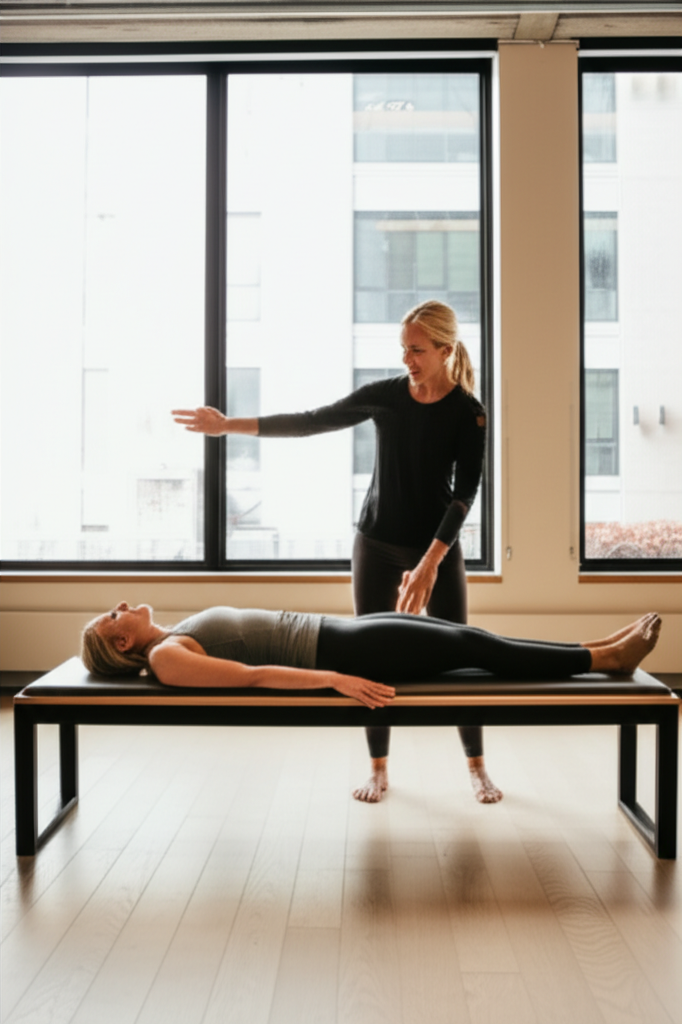
Key Principles for Lasting Strength and Mobility
Beyond the specific exercises, the Pilates instructor’s philosophy for long-term strength and mobility hinges on several principles:
- Consistency is Key: Regular movement, even in short bursts, is more beneficial than sporadic intense workouts.
- Listen to Your Body: Modify exercises as needed and avoid pushing into pain, especially with pre-existing conditions. Pilates is adaptable to different fitness levels and physical limitations.
- Prioritize Form Over Quantity: Proper technique ensures that the correct muscles are engaged, maximizing benefits and minimizing injury risk.
- Embrace Variety: Combining Pilates with strength training and cardio addresses all aspects of fitness – strength, flexibility, balance, and cardiovascular health.
By adopting a routine that emphasizes core strength, flexibility, and mindful movement, individuals approaching 50 can confidently continue to move with ease, feel strong, and embrace an active, pain-free life.

